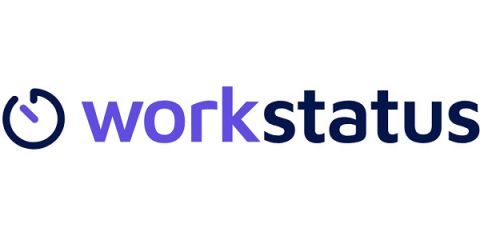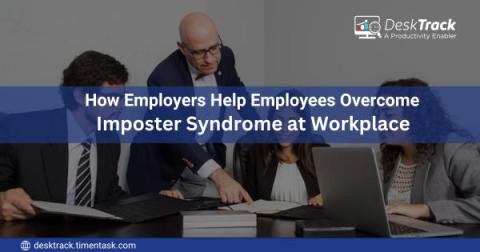Teams | Collaboration | Customer Service | Project Management
Latest News
7 Crucial Workforce Planning Metrics for Business in 2024
Crafting A Warning Letter For Attendance Issues
Attendance issues at the workplace is a challenge many employers face. It’s a delicate task, one that requires finesse and precision. After all, your company’s attendance policy sets the tone for employee behavior, and addressing irregular attendance is crucial for maintaining a productive and responsible workforce. Addressing these issues is not only a matter of maintaining a positive work environment but also a significant financial concern.
How Can Employers Help Employees Overcome Imposter Syndrome?
Rotating Shifts Explained: Pros, Cons, and Best Practices
The concept of a traditional 9-to-5 job is swiftly becoming a relic of the past. As businesses strive for flexibility and efficiency, adopting rotating shift schedules is on the rise. Whether you’re an employer looking to optimize your workforce or an employee navigating the challenges of changing work hours, understanding the dynamics of rotating shifts is crucial.
SSO & Domain capture
What's New In Workstatus? A Comprehensive Product Update
In a world where change is the only constant, staying at the forefront of innovation is not just a choice; it’s a necessity. And at Workstatus, we’ve taken this principle to heart. As we roll out our latest product updates, we’re excited to introduce you to a new dimension of productivity, efficiency, and user satisfaction.
Mastering Excel For Attendance Tracking
Keeping tabs on employee attendance and time management can be daunting, especially when unexcused absences and tardiness disrupt your workflow. Fortunately, you don’t have to navigate this challenge alone anymore. With Microsoft Excel, you have the means to create a robust attendance tracker that transforms manual processes into an efficient and accurate system. This blog post will guide you on how to master Excel for attendance tracking.
Artificial Intelligence in the Workplace: The Future of Work
Automating Data: The Next Phase In Productivity Monitoring
In a world where every moment counts, keeping track of productivity has never been more critical. In the pursuit of efficiency, businesses and individuals constantly seek new ways to optimize their workflows and get more done in less time. The latest frontier in this ongoing quest for productivity gains is the automation of data, a trend that promises to revolutionize how we monitor and enhance our performance.







